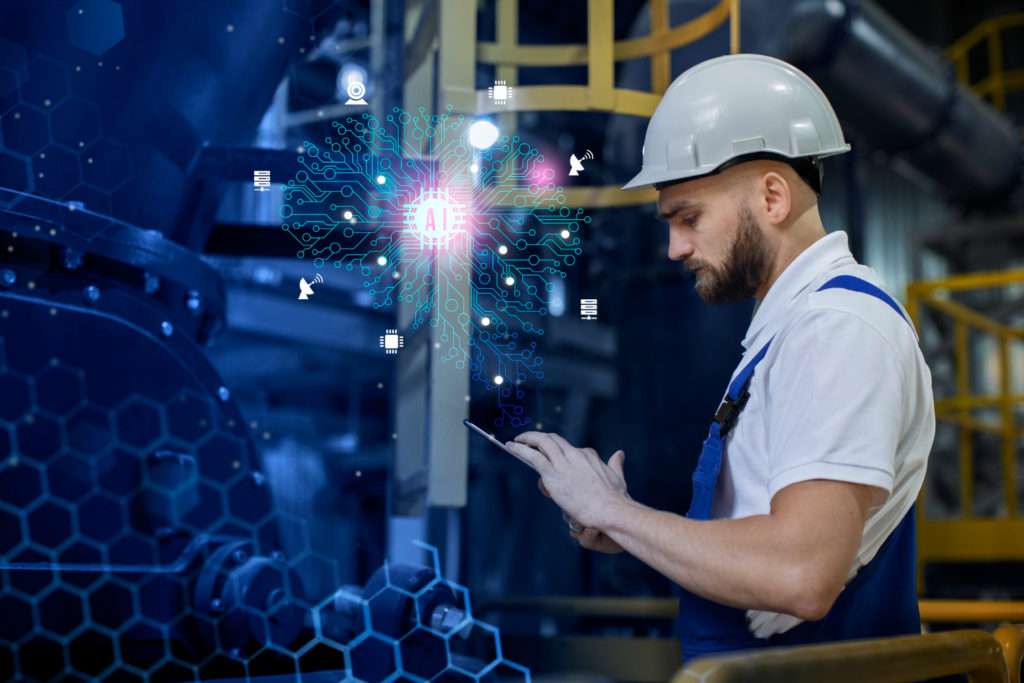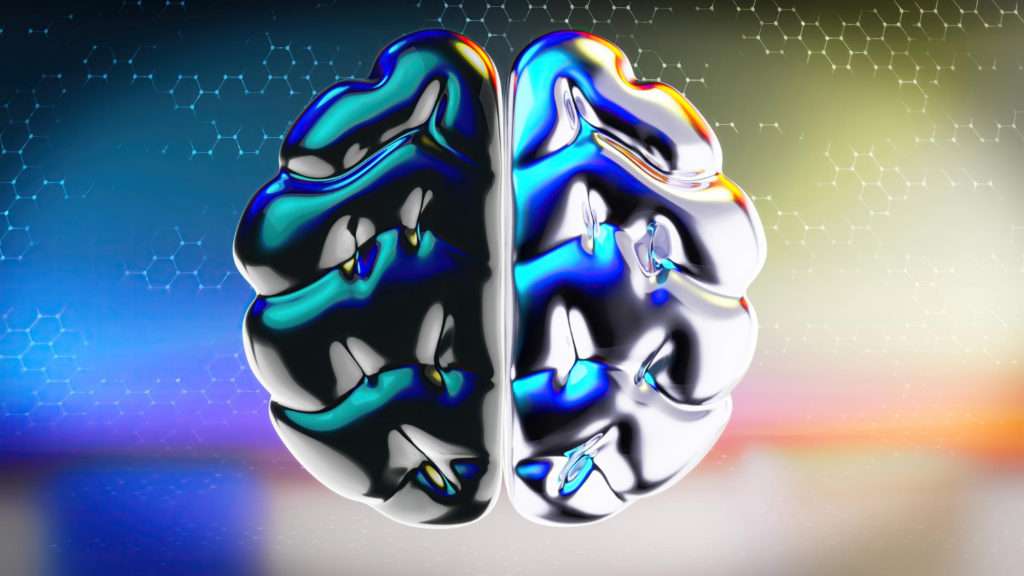The contemporary workplace is amidst a profound metamorphosis, catalyzed by the relentless advance of artificial intelligence (AI). Within this transformative landscape, a particularly noteworthy facet capturing widespread attention is the assimilation of generative AI-based conversational assistants. In this deep dive, we embark on an enlightening journey through a groundbreaking study meticulously examining the phased implementation of such an AI assistant. This investigation not only unveils the quantitative metrics of its influence but also illuminates the intricate dynamics shaping productivity, learning curves, and job satisfaction for the pivotal role of customer support agents. As we navigate the nuanced terrain of AI integration, the study becomes a beacon, illuminating the intricate interplay between technological innovation and the human workforce.
Introduction:
In the swift trajectory of AI evolution, expectations soar high with the promise of revolutionizing our work dynamics and learning paradigms. However, amidst the fervor surrounding AI’s transformative potential, a notable gap persists in comprehending its tangible impacts on the intricate web of job dynamics in the real world. This study becomes a beacon in the pursuit of knowledge, homing in on a specific AI tool—the generative conversational assistant. With meticulous precision, it scrutinizes the introduction of this AI marvel to a cohort of 5,179 customer support agents, unraveling the layers of influence it wields on their professional landscape. As the study unfurls, it not only dissects the quantitative metrics but also ventures into the qualitative realms, offering insights into the complex interplay between AI integration and the workforce.

The Rise of Generative AI:
Generative AI, characterized by its autonomous content creation capabilities, has emerged as a focal point of considerable attention in the technological landscape. Yet, amidst the fascination with its creative potential, persistent concerns echo regarding its practical efficacy beyond controlled environments. This study stands out as a pioneering endeavor, boldly venturing into uncharted territories as the first to dissect the effects of deploying generative AI at scale within the intricate fabric of a workplace setting. In doing so, it bridges a crucial gap in our collective understanding of the economic impact wielded by artificial intelligence, shedding light on the intricate dynamics that unfold when generative AI meets the challenges and nuances of real-world workplaces.

Productivity Gains: Unveiling the Numbers:
At the core of this groundbreaking study pulsates a revelation that reverberates through the corridors of the modern workplace – a significant surge in productivity, unfurling as a compelling 14% augmentation in issues resolved per hour on average. Yet, what elevates this revelation to a realm of distinct importance is the nuanced dance it performs across varying skill levels. Novice and low-skilled workers, often relegated to the peripheries of technological advancements, emerge as unexpected beneficiaries with a remarkable 34% improvement. In stark contrast, the impact on their experienced counterparts remains minimal, shattering preconceived notions about the conventional distribution of benefits stemming from technological strides. This finding becomes a poignant reminder that the transformative power of AI has the potential to disrupt established hierarchies and usher in a more inclusive era of technological empowerment.
Capturing Best Practices: AI as a Knowledge Disseminator:
At the core of generative AI’s capabilities lies a distinctive and formidable power – the skill to capture and diffuse the refined best practices cultivated by high-performing workers. This unique attribute proves to be a paradigm-shifting force, particularly for newly onboarded employees, facilitating an accelerated journey up the experience curve. The study unfolds a captivating narrative, presenting suggestive evidence that the AI model acts as a conduit for the transfer of tacit knowledge – a dimension of understanding that has traditionally remained elusive to the reach of automation. In essence, generative AI transcends its role as a mere tool, evolving into a transformative force that dismantles barriers in the transmission of invaluable experiential insights. It becomes a linchpin in fostering a more seamless integration of newer workers into the intricate tapestry of organizational knowledge, marking a pivotal advancement in the synergy between human expertise and artificial intelligence.
Customer Sentiment and Employee Retention:
Beyond the confines of raw productivity metrics, this study delicately peels back additional layers to unveil a myriad of positive impacts. The canvas of positive change extends its strokes across multiple dimensions – customer sentiment experiences a notable uplift, agents’ retention rates witness a significant surge, and subtle indications of ongoing worker learning emerge like gentle ripples on the surface of a transformative pond. These findings, akin to a palette of vibrant colors, come together to paint a holistic picture, showcasing the transformative potential of generative AI that transcends the realm of immediate task completion. It becomes a symphony of positive outcomes, harmonizing the interactions between AI, customer satisfaction, and the professional growth of the workforce.
The Mechanism: How AI Recommendations Drive Productivity:
Navigating the intricate mechanics of AI integration, this study unravels a compelling revelation – workers who closely adhere to AI recommendations not only reap larger productivity gains but also embark on a journey of durable learning. The symbiotic relationship between human workers and AI recommendations becomes a cornerstone, fostering a continuous cycle of improvement. The study employs a clever stratagem, utilizing data on software outages as a unique lens. Through this lens, it illuminates a fascinating facet – even in the absence of AI recommendations during these outage periods, productivity gains persist, akin to a testament to the enduring impact of AI on the learning curve. In essence, the study becomes not just an exploration of the immediate effects of AI integration but a chronicle of lasting transformations etched into the fabric of worker skills and proficiency.
Challenges and Considerations:
Nevertheless, the advent of AI does not unfold without its set of challenges. Skilled workers, often the bedrock of organizational prowess, encounter minimal shifts in productivity, and a discernible trail of evidence hints at a potential dip in the quality of conversations among the most proficient agents. These nuanced findings spark contemplation, prompting reflections on the intricate impact of AI across diverse skill levels. The need for meticulous implementation strategies comes to the forefront, emphasizing the importance of a calibrated approach to ensure that AI integration serves as an enhancer rather than a disruptor, particularly for the most skilled and experienced members of the workforce. It becomes a call for organizations to navigate the delicate balance between technological innovation and preserving the nuanced expertise brought by seasoned professionals.
Broader Implications for the Workforce:
Amidst the celebration of the positive impacts unearthed by the study, it becomes imperative to cast a discerning eye on the broader implications for the workforce. The study, bound by its inherent limitations, refrains from offering a comprehensive examination of aggregate employment or wage effects. However, the very essence of celebration prompts the emergence of crucial questions that linger in the air like echoes of thoughtful concern. Interrogations surface regarding potential shifts in hiring practices, the potential de-skilling of positions, and the looming specter of more potent AI systems that could potentially replace lower-skilled workers entirely. These inquiries serve as beacons, guiding the collective gaze towards the horizon of responsible and ethical AI integration, urging organizations to navigate the uncharted waters with foresight and a commitment to fostering a harmonious coexistence between technological progress and the livelihoods of the workforce.
Comparisons with Prior Technologies and Future Outlook:
In a poignant departure from the established trend of skill-biased technical change witnessed in earlier technological waves, the advent of generative AI challenges entrenched notions. This transformative force disrupts the conventional narrative that technological advancements predominantly favor higher-skilled workers. As we gaze into the future, the study becomes a catalyst for contemplation on the trajectory of AI in the workplace. It hints at a future where AI systems cease to be mere tools but evolve into integral components of skill development, bridging the gap between technology and the diverse spectrum of workforce skills. The study acts as a compass, guiding our collective anticipation toward an era where the inclusive potential of AI manifests in a leveling of the playing field, providing opportunities for skill enhancement across all echelons of the workforce.
Conclusion:
In conclusion, the canvas painted by the study’s findings unveils a compelling portrait of the transformative impact etched by generative AI on the intricate tapestry of the workplace. From substantial surges in productivity to the seamless dissemination of best practices and the elevation of worker and customer experiences, the results stand as promising testaments to the potential harbored within AI integration. However, this comprehensive exploration also serves as an invaluable reminder of the nuanced challenges and considerations inherently intertwined with the seamless integration of AI into the workforce fabric.
As we navigate this evolving landscape, the delicate balance between reaping the bountiful benefits offered by AI and conscientiously addressing its potential pitfalls emerges as a paramount consideration. The study becomes not just a snapshot of present achievements but a compass guiding us through the uncharted territories of responsible AI adoption. It beckons organizations to tread with mindfulness, ensuring that the transformative power of AI is harnessed ethically and sustainably, ushering in an era where technological advancement aligns harmoniously with the collective well-being of the workforce.
